Mud, Rocks, and Jaws (part 2)
by Graham
The Climb
The climb down was harder than I expected. My feet slid on both dirt and rocks. At one moment, my mast began to slip free from the loosely bundled windsurfing gear and I had to hug the bundle tightly to my chest to stop the mast from sliding out from my arms and into the raging sea below.
If the mast had fallen into the water, my day would have been done. With that thought, I realized that I could still turn back. Jumping off the rocks was not inevitable.
But, I could not turn back because turning back would have meant living with the regret and shame of my cowardice for the rest of my life. The decision was already made. In a way, jumping off the rocks was inevitable.
I slid my way to the bottom where the land was horizontal again, and I rigged my Ezzy Elite 5.0 on the rocky peninsula protruding from the cliffs. I wore a Dakine impact harness. On my Quatro thruster, I had a 17cm K4 main fin with 10cm Ezzy Assy thrusters. Base and boom were Chinook carbon.
The Jump
Then, I watched the ocean. I watched it move and sway, beating mercilessly against the rocks. The spray from the crashing waves wet my face.
It is easy to forget that the Earth is not just a setting but an actor too. We see this agency in natural disasters, like the Lisbon Earthquake or the 2004 Tsunami or even raging forest fires started by lightning. These events happen every few decades—just rarely enough that the Earth seems static.
However, being in and near the sea constantly reminds us that she is dynamic and prone to moods and tempers. Think of the calm, clear day where the water mirrors the bright blue of the sky, marked not with clouds but with playful whitecaps stirred up by the gentle sea-breeze. Next, recall the quick-formed storm—raging grey waves, cresting madly as the ocean seems to boil with anger. Yes, the sea lives.
That day at the Lighthouse, I watched the sea roil and rise and fall. My sail rigged, I readied myself to jump. Patience is key in these moments. Jump at the wrong time and the waves will push you back into the rocks. When a body wedges between the rocks and a sail, the tons of water can press against the surface area of the sail creating more than enough force to snap bones.
I’d chosen the best/safest spot to jump. But even in the calmest seas, safety is not guaranteed. I again felt like Icarus—about to possibly drown unseen off the coast trying to fly on a wing designed by my father. Williams: “a splash quite unnoticed/ this was/ Icarus drowning”
So I watched. I watched the waves surge against the rocks. The water would suck back revealing 10ft (3m) of barnacle-encrusted rocks. Then the sea would rush and rise with white waves beating, climbing, and sweeping over the top of the rocks.
This meant that I could not stand on the edge of the rocks without risking being pushed off when the waves came. I got as close to the edge as I could, crouched close to the rocks like a crab so that the whitewaters that hit me didn’t unfoot me.
After 20 minutes of watching, I felt in sync with the sets. In a moment when the sea felt calmest and most tame, I walked quickly to the edge and jumped. During the ~8ft drop, the winds blew me back so that my mast hit the rocks. Nothing broke, and then I was in the water.
That whole moment—from making the decision to jump to hitting the water—was over in a second. My body was too full of adrenaline to feel the cold chill of the water and I didn’t sink because of the added flotation of the impact harness. And it was time to swim or risk being smashed into the rocks from which I just jumped.
I swam with my gear away from the rocks and into the safe-zone in the middle of the bay, where no waves broke. In the safe zone, there was no wind, so I had to swim farther out about 100ft (30m) until I waterstarted and began the long sail up to Jaws. After 30 minutes of arm-burning sailing that seemed like it would never end, I arrived at Jaws.
At Jaws
In the safety of the Jaws channel, I saw Brawzhino riding a small-for-jaws-but-still-massive wave. After speeding down the line, he steered his board into the end-section, hitting the lip, flying into the air above and behind the wave. At the apex, B rotated into a backloop and almost-landed.
I was impressed but also jealous. I’m embarrassed to admit it—even now—but mixed with my awe was a sting of the most unattractive of human emotions: jealousy. I’m a huge fanboy when it comes to windsurfing, so despite the jealousy, I loved witnessing such an impressive move.
Until that moment, I had been the only person (to my knowledge) to do a backloop off the lip at Jaws (I back-doored the west bowl in 2011).
He and I sailed to the outside together. And I told him I saw the backloop off the lip. He asked if it looked good. I assured him that it looked amazing. He talked about how the strange updraft from the wave shook his sail in the air. And how the mist of spray blinded his vision during the rotation, making it impossible for him to know for sure where he was going to land. I knew exactly what he meant.
All my jealousy slipped away when I realized that I was no longer alone; I was happy that I now had someone with whom I could share the experience of doing a backloop-off-the-lip at Jaws.
I have 1 rule for myself when I windsurf Jaws: I must hit the lip at least once per session. This lip hit does not need to be radical—even an end-section lip tap, flying out the back and into the safety of the channel counts. But even these “safe” airs are scary.
For me, this fear transforms into a sort of anger at myself. I get angry for not pushing myself harder, for not being more radical. I think, “Just hit it, you pussy.” I eventually become so overwhelmed with the self-anger that not charging is risking a permanent self-loathing.
I think fear is like this for many people. The fear is blocked out because inaction from fear is not worth the subsequent regret.
That day at Jaws, though, was not the day for me to be radical. I had no one on a jet ski to offer support if anything went wrong.
I caught the biggest waves I could find, trying to ride as deep as possibly, feeling the power of the barrel’s water crashing head-first into the tightened water below. I did my token airs off the lip. But I did not go for any big backdoor hits or backloops.
On one of these end-section airs, I hit the lip later than expected and the wave tossed me in front (I was at the very end of the wave and near the channel)— I impacted the water so hard that my board skidded out and I crashed in a splash of water. Exhilarated but safe.
Shortly after, the waves quit. And for 30 minutes I stood on my board out the back waiting for a set. Practically everyone went home. Only Rudy Castorina, Manu Bouvet, and I remained.
Manu sat on the ski he owned with Rudy, and I sat with Rudy waiting for a wave. Then it came.
Looming against the horizon, the two biggest waves I saw all day rolled in. A two-wave set: one for me, one for Rudy.
I caught the first swell, but I dropped in too deep, too far behind the peak. Raking my sail back, I went into slalom stance to go as quickly as possible so as not to be slammed by the mountain of water breaking all around me.
After making the section, my board locked into the power of the wave and I flew right in front of the barrel, the massive crashing sound assaulting my ears. I drove the board into a carve and a cutback on the end section of this mountain before jybing out to see Manu looking at me from the ski arms raised and smiling.
We both then turned out attention to Rudy as he dropped into a wave even bigger than the one I had just ridden. He made it safely to the channel where we were all cheering.
The big set ridden, it was time to go home. Rudy and I caught the biggest waves of the day. There were no photographers left, and we only had Manu as our witness. But nothing could tarnish the magic of that moment.
I sailed down to Maliko Gultch and began to swim to the boat ramp. About halfway through my swim, Manu and Rudy pulled up on the jetski and towed me to shore.
Manu then drove me to the Lighthouse through the slightly-sun-dried-but-still-slippery mud, proving his truck’s 4×4 in the process.
Then I was alone at the Lighthouse with my gear beside my truck as the sun set. I could see Jaws up the coast, and the waves looked small. The rocks below–the same ones I jumped off– looked small too. And the whole Lighthouse area, which had been a place of adventure just hours before, was calm. Her energy spent earlier in the day, the Earth there rested.
I drove home to do the same.
—-
Find part 1 here.
Next post: Wednesday the 24th of April.
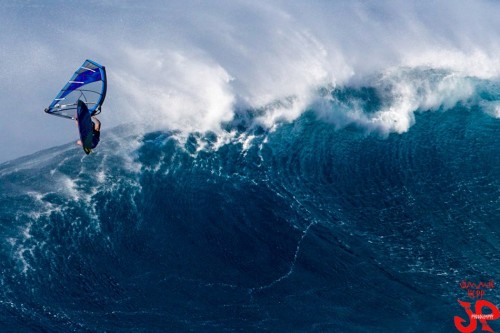
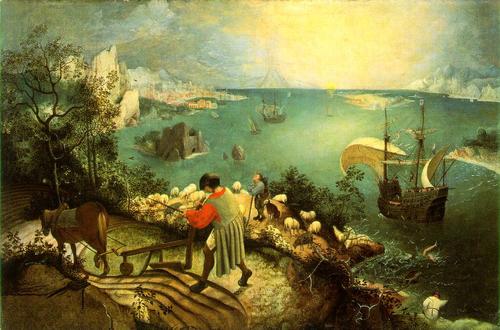
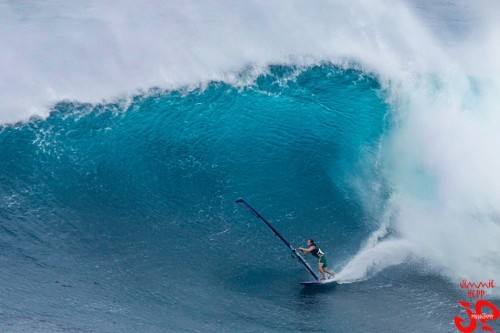
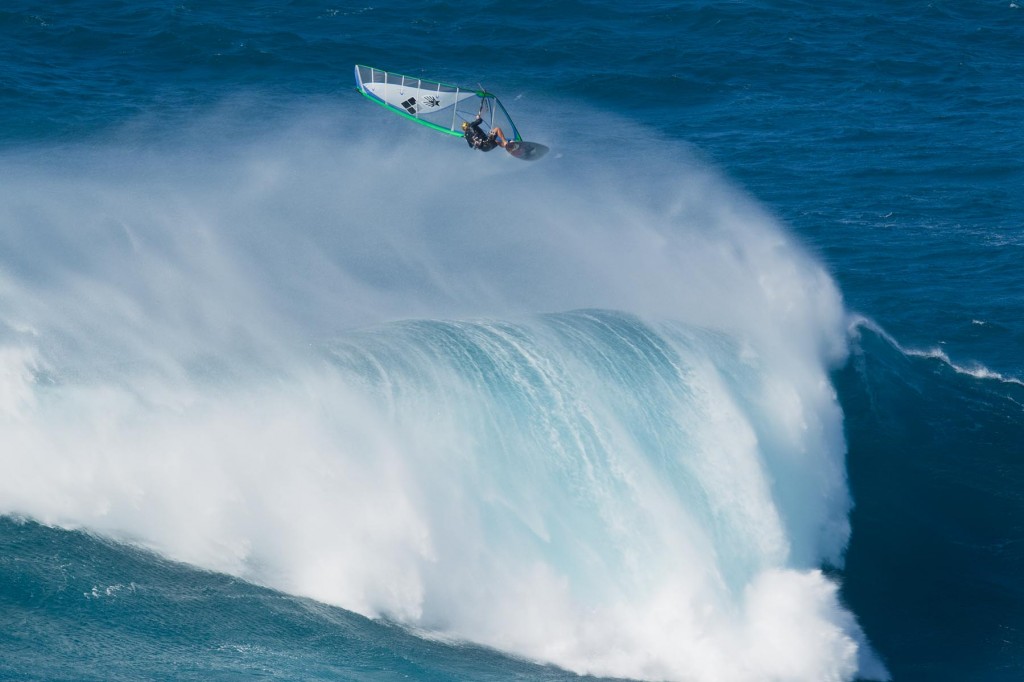
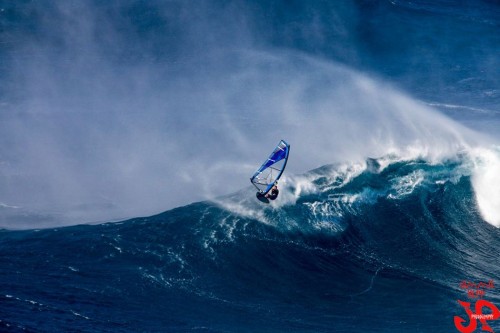
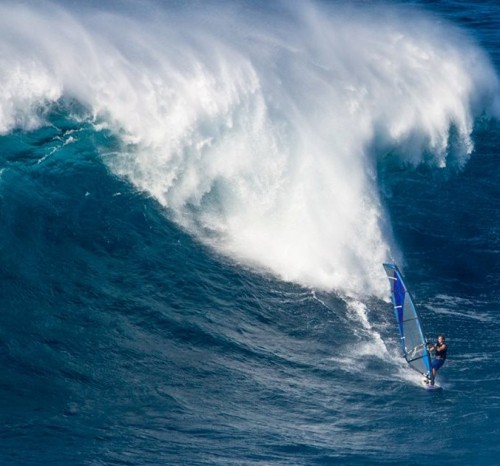
Great story .
Very well spoken. Great story, Graham.
Beautiful in so many ways. Mahalo for sharing your experiences and emotions with us.
Nice story, I’m waiting for your book.
Well done Graham.
Yes, very well done Graham – a pleasure to read. Many of us know what you speak of – fear getting the best of us – it follows you around for a long time.
Nice!!! Backloop of the lip in such conditions ??..No wonder that only Browzinho and Graham dare to do it. Hey, Graham, what size was your Quatro?
Thanks Georgi! I was on an 82L thruster. 7’6″ in length.
found this on twitter. Whoever you are, well written, so interesting. this coming from a non-surfer, but a novelist. A writer, like you, obviously. Once a kamaiina.
Kim
Thank you for the kind words.
Nice Graham! You write beautifully
I’m now starting to wonder if you are a better windsurfer or a better writer.